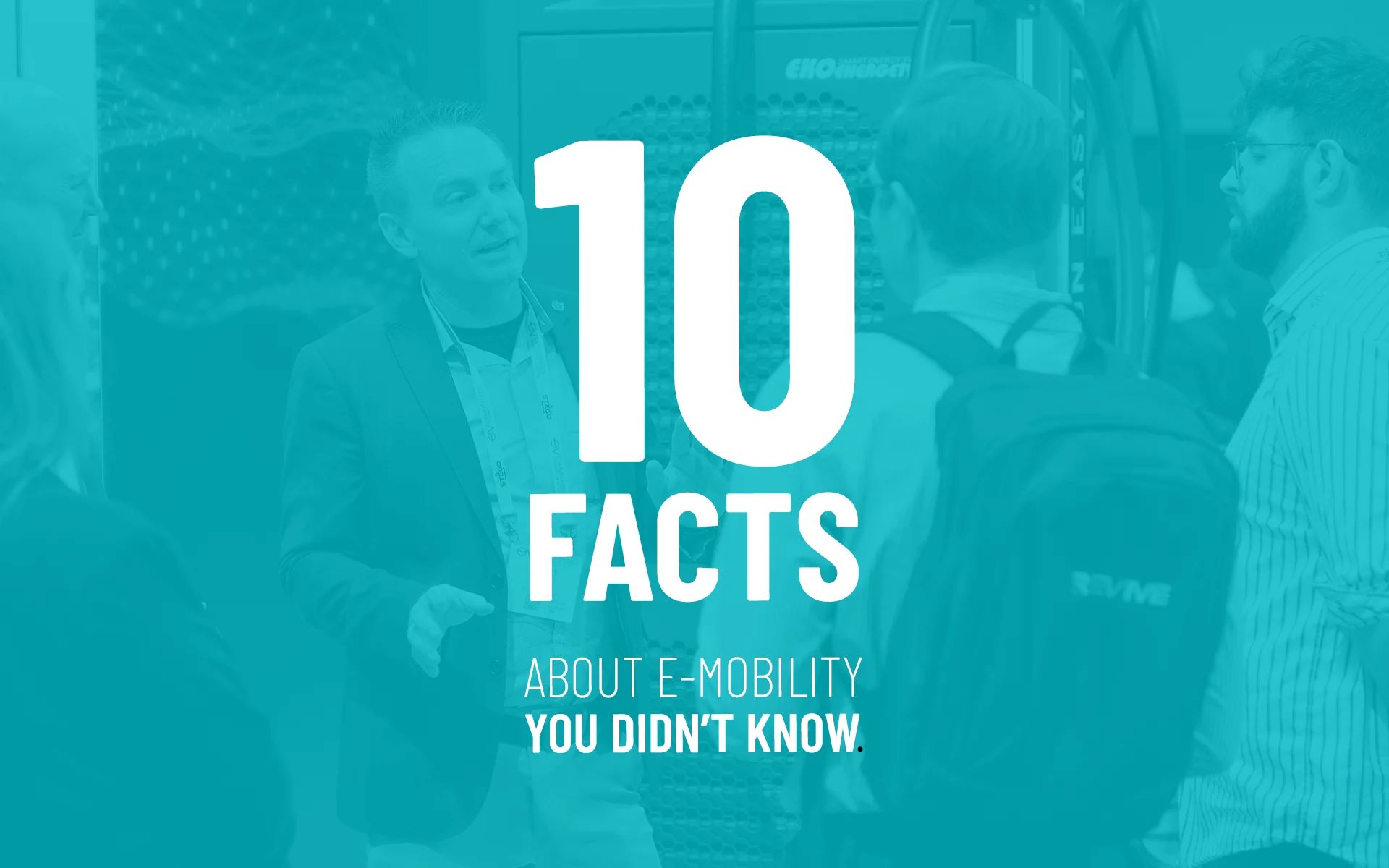What is E-mobility?
E-mobility, or electric mobility, encompasses the entire spectrum of transportation utilizing electric power for people and goods. This increasingly popular alternative to internal combustion engines (ICEs) primarily involves battery-electric vehicles (BEVs), plug-in hybrid electric vehicles (PHEVs), and fuel cell electric vehicles (FCEVs).
Driving E-mobility’s growth
The North American e-mobility sector is experiencing rapid growth, fueled by strong government policies, evolving consumer preferences, and significant technological advancements. Both the U.S. and Canada are actively promoting the shift from internal combustion engines through ambitious climate targets and various incentives. These include federal tax credits, substantial infrastructure funding, and mandates for zero-emission vehicles.
Increased consumer environmental awareness, reduced electric vehicle operating costs, and a wider range of models from leading automakers have all fueled faster adoption. The swift expansion of charging infrastructure and domestic battery production further supports this change, solidifying e-mobility's role as a cornerstone of North America's clean energy future.
10 facts about e-mobility in the United States and Canada
1. Over 4.5 million EVs on U.S. roads
As of the end of 2023, approximately 4.5 million electric vehicles were registered in the U.S. – and that figure is projected to reach 78.5 million by 2035.
2. Major Brands Adding More EV Models
Amongst 7 automakers available in the United States, there are 25 new (non-luxury) models planned for release between 2025-28.
3. EV sales in the U.S. grew 7.3 % in 2024
According to Cox Automotive, U.S. EV sales rose 7.3 % year-over-year in 2024, totaling 1.3 million units.
4. Public charging lagging behind
Despite major efforts and investments made by manufacturers like Ekoenergetyka, by September 2024, the U.S. had just over 176,000 public chargers – a mere 22 % increase from 2023 – despite EV registrations rising 140 % in the same period.
5. Canada: nearly half-million EVs
As of December 31, 2023, Canada had about 473,000 EVs, with 199,000 in Québec alone – 42 % of Canada’s EV fleet.
6. EV share in Canada surpasses 10 %
In 2023, zero-emission vehicles made up over 10 % of new-vehicle registrations in Canada, with British Columbia and Québec each seeing 20–30 % EV share in new sales.
7. ZEV mandates driving supply
Thirteen U.S. states plus Québec and British Columbia mandate minimum ZEV sales – a Canadian federal target also requires 100 % of new LDVs to be zero-emission by 2035.
8. Electric school and transit buses on the rise
In the U.S., 38 states had electric school buses as of June 2022, and EPA funding for electric buses nearly reached $1 billion. Québec aims to electrify 65 % of school buses by 2030.
9. Mega‑factory battery investments
Major automakers – Ford, GM, Hyundai – are investing tens of billions in North American EV and battery plants with Hyundai’s $28B U.S. EV investment over the next 10 years leading the way.
10. Cross-border ZEV network
Canada–U.S. coordination aims to create an EV charging corridor with DC fast chargers every ~50 miles, easing seamless travel across major routes like Detroit–Toronto.
Sources:
autosinnovate.org+8eschoolbusalliance.ca+8facebook.com+8iea.org+3eei.org+3eei.org+3; coxautoinc.com; reuters.com; environnement.gouv.qc.cacer-rec.gc.ca; evinfo.net+15canada.ca+15cer-rec.gc.ca+15; en.wikipedia.org; eschoolbusalliance.ca; pagesix.com
